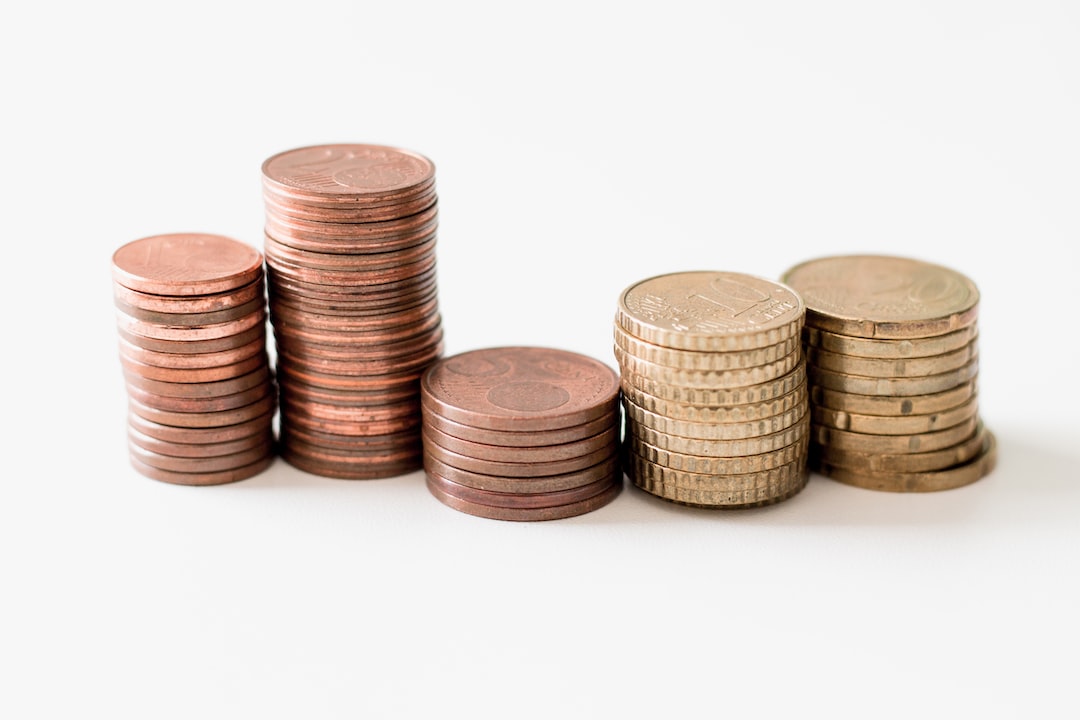Stop orders are an important tool in forex trading that can help traders manage risk and protect their profits. In simple terms, a stop order is a type of order that is placed to buy or sell a currency pair at a specific price, known as the stop price. Stop orders can be used for a variety of purposes, including limiting losses or locking in profits, and they can be particularly useful in volatile markets where prices can fluctuate rapidly.
There are two main types of stop orders: the stop-loss order and the take-profit order. A stop-loss order is used to limit losses by placing an order to sell a currency pair if the price falls below a certain level. For example, if a trader buys EUR/USD at 1.1200, they may place a stop-loss order at 1.1100 to limit their potential losses if the price drops. If the price falls to 1.1100, the stop-loss order will be triggered and the currency pair will be sold automatically.
A take-profit order, on the other hand, is used to lock in profits by placing an order to sell a currency pair if the price rises above a certain level. For example, if a trader buys EUR/USD at 1.1200 and expects the price to rise to 1.1300, they may place a take-profit order at 1.1300. If the price reaches 1.1300, the take-profit order will be triggered and the currency pair will be sold automatically, locking in the trader’s profit.
Stop orders can be particularly useful for traders who are unable to monitor the market constantly, as they provide a level of protection against unexpected price movements. For example, if a trader is away from their computer and a major news event causes a sudden drop in the currency pair they are trading, a stop-loss order can help limit their losses by automatically selling the currency pair at a predetermined price.
It is important to note that stop orders are not foolproof and can be subject to slippage, which occurs when the price at which the order is executed differs from the stop price. This can happen if the market moves too quickly or if there is low liquidity, which can make it difficult to execute the order at the desired price. Traders should therefore be aware of the risks involved and should consider using other risk management tools, such as position sizing and diversification, to complement their use of stop orders.
In addition to stop-loss and take-profit orders, there are also other types of stop orders that traders can use in forex trading. These include trailing stop orders, which are used to lock in profits as the market moves in the trader’s favor, and guaranteed stop-loss orders, which provide an extra level of protection by guaranteeing that the order will be executed at the specified price, even if the market moves against the trader.
In conclusion, stop orders are an important tool in forex trading that can help traders manage risk and protect their profits. They can be used for a variety of purposes, including limiting losses and locking in profits, and can be particularly useful in volatile markets where prices can fluctuate rapidly. However, it is important to be aware of the risks involved and to use other risk management tools in conjunction with stop orders to ensure a successful trading strategy.






